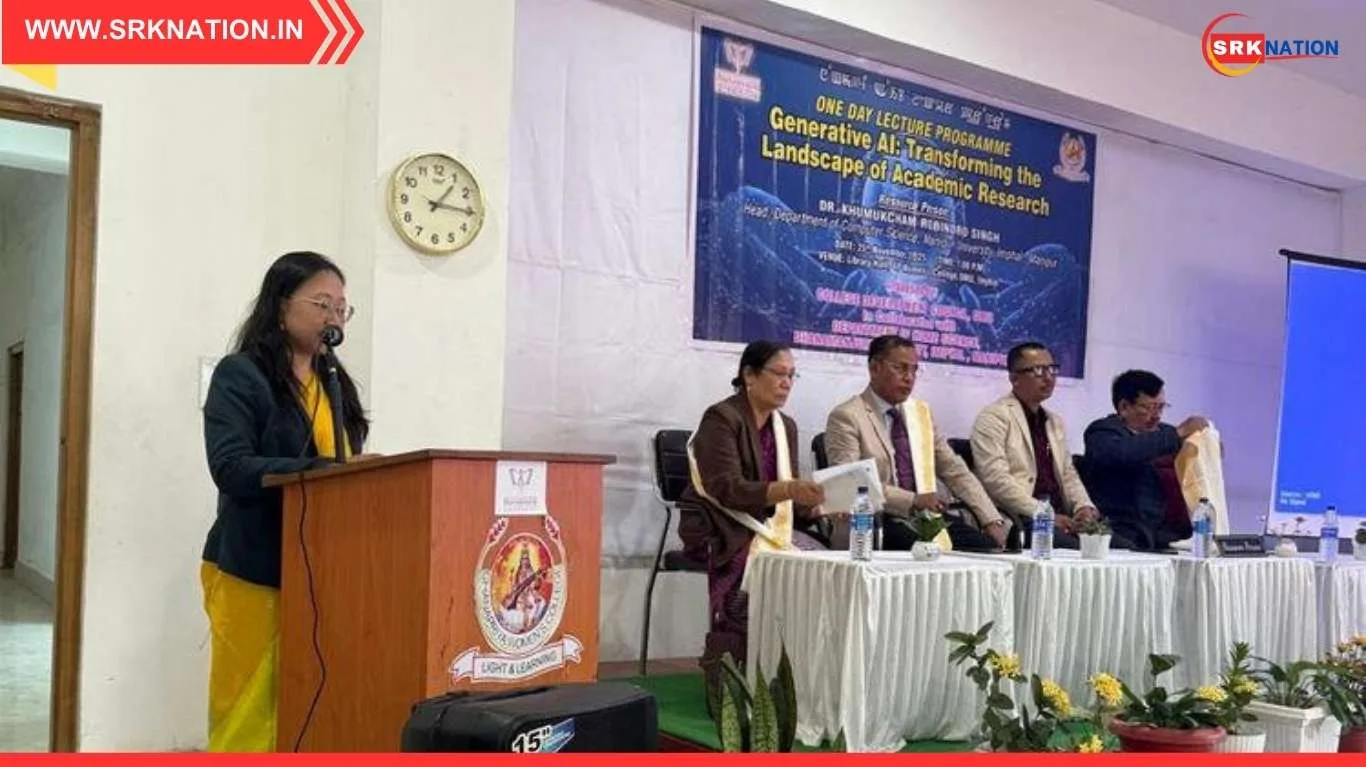In a controversial move set to impact thousands of residents, the Assam government has announced a large-scale eviction drive targeting over 2,000 families occupying approximately 10,000 bighas of land in the Rengma Reserve Forest in the Golaghat district. The action, part of the government’s ongoing campaign to free forest and protected land from encroachment, is expected to be one of the largest in recent months and has already sparked concerns over humanitarian and legal implications.
The eviction drive comes in the wake of increasing encroachment on forest reserves across Assam. Officials have claimed that the illegal settlements in the Rengma Reserve Forest not only violate forest protection laws but also threaten the fragile ecological balance and wildlife corridor integrity of the region.
Administrative Action in Motion
According to senior officials from the Golaghat district administration and Assam Forest Department, surveys conducted in the past six months found more than 2,000 households living illegally on forest land demarcated as protected under the Indian Forest Act. The illegal settlements are said to have spread across various compartments of the Rengma Reserve Forest, particularly in and around areas that border tribal belts and agricultural lands.
Authorities have already issued eviction notices under Section 49 of the Assam Forest Regulation, and officials stated that physical eviction is likely to begin within weeks, following procedural formalities and deployment of adequate security personnel.
| Details of Eviction Drive | Figures/Remarks |
|---|---|
| Total families to be evicted | Over 2,000 |
| Area under encroachment | Approx. 10,000 bigha (~3,300 acres) |
| Location | Rengma Reserve Forest, Golaghat |
| Eviction Notices Issued | Yes, under Assam Forest Regulation |
| Expected Start of Physical Eviction | Within 2-3 weeks |
| Law Enforcement Involvement | Police, forest guards, paramilitary units |
District officials emphasized that the eviction process will follow legal protocols and will be conducted in a “peaceful and coordinated” manner to avoid confrontation or resistance.
Rationale Behind Eviction
The Rengma Reserve Forest is considered an ecologically sensitive zone, home to multiple endangered species and a buffer area for the nearby Kaziranga National Park. Authorities argue that unregulated settlements, along with practices such as illegal logging, cattle grazing, and slash-and-burn agriculture, are jeopardizing conservation efforts.
The government maintains that forest encroachments are a key driver of biodiversity loss, and reclaiming forest land is essential for restoring ecological balance.
Forest officials’ statement:
“Encroachment in Rengma RF has increased rapidly in the past five years. This poses a serious threat to the region’s biodiversity. Reclaiming the land is critical to ensure the long-term survival of both flora and fauna species unique to Assam.”
Affected Families Demand Rehabilitation and Legal Review
However, the announcement has been met with strong opposition from local villagers, activists, and human rights organizations. Many of the affected families, particularly those from tribal and minority communities, claim they have been living in the region for decades, with some even possessing electoral photo ID cards, land pattas (albeit unofficial), ration cards, and Aadhaar.
Villager concerns include:
- Lack of alternative housing or rehabilitation package
- No recognition of long-standing residency claims
- Disruption to children’s education and livelihoods
- Possible violation of human rights and tribal protections
A local representative from the area said:
“The government cannot simply evict people without offering a dignified resettlement plan. Many of these families are marginalized and have no place else to go.”
Political and Social Ramifications
The eviction drive is expected to stir political reactions, especially in the run-up to local elections in Assam. Opposition parties have already begun criticizing the ruling state government for failing to address humanitarian aspects of such operations and for allegedly targeting specific communities.
Social activists and rights groups have warned of a potential humanitarian crisis, as most of the families belong to marginalized socio-economic groups with no means of resettlement.
| Key Stakeholders | Position/Concerns |
|---|---|
| State Government | Reclaiming forest land, environmental protection |
| Forest Department | Safeguarding wildlife, preventing degradation |
| Affected Families | Fear of homelessness, demand for compensation and rehabilitation |
| Opposition Parties | Alleged targeting of minorities, demand for halt until legal review |
| Human Rights Groups | Calls for humanitarian approach, legal aid, and proper rehabilitation |
Eviction Drives in Assam: A Pattern?
This is not the first instance of large-scale evictions under the current Assam government. In recent years, several high-profile eviction drives have taken place in Sipajhar, Hojai, Barpeta, and parts of Sonitpur, involving thousands of families. While the state maintains these drives are essential for reclaiming government and forest lands, they have often been accompanied by allegations of force, inadequate notice, and selective enforcement.
In September 2021, violent clashes during an eviction operation in Darrang district led to casualties, prompting national and international outrage.
| Recent Major Evictions in Assam (Last 3 Years) | District | Number of Families Evicted |
|---|---|---|
| Sipajhar, Darrang | Darrang | Over 800 |
| Lumding Reserve Forest | Hojai | Over 1,000 |
| Barpeta and Bongaigaon | Various | 500+ |
| Proposed Rengma RF Eviction | Golaghat | Over 2,000 (planned) |
Legal Framework and Rehabilitation
The government has stated that eviction drives are conducted in accordance with the Indian Forest Act (1927) and the Assam Forest Regulation, 1891. However, there remains ambiguity regarding the rights of long-term settlers, especially tribal and forest-dwelling communities protected under the Forest Rights Act (FRA), 2006.
Despite several court rulings emphasizing the need for rehabilitation, Assam has faced criticism for its lack of structured rehabilitation plans. Social justice activists are urging the government to:
- Set up a review committee to verify claims under the FRA
- Provide compensation and alternate housing
- Offer livelihood restoration programs post-eviction
- Ensure child education continuity
Environmentalists Support Drive, Demand Long-Term Plan
While the humanitarian aspects of the eviction have drawn criticism, environmental groups and conservationists have supported the move to clear encroachments.
They stress that unchecked human settlement in reserve forests has contributed to habitat fragmentation, rising man-animal conflict, and deterioration of forest health.
However, they also recommend that the government:
- Undertake afforestation drives post-eviction
- Build natural barriers to prevent future encroachment
- Launch eco-awareness programs in neighboring villages
Conclusion
The planned eviction of over 2,000 families from Rengma Reserve Forest in Golaghat presents a complex and sensitive intersection of environmental conservation, human rights, and governance. While the Assam government’s stated goal of protecting forest land is valid from a legal and ecological standpoint, it must be balanced with compassion, legal due diligence, and structured rehabilitation for displaced individuals.
As eviction plans move forward, all eyes will be on how the administration manages this high-stakes operation and whether it sets a precedent for future forest management and humanitarian conduct in the state.
Disclaimer:
This report is for informational and journalistic purposes only. All data presented is based on official statements and credible estimates. Readers are advised to seek further updates and consult legal or policy experts for authoritative interpretations. The article does not endorse any political or social opinion.











